Tsunamis in Peculiar Places: What the Seiche?!
One of the more interesting phenomena I’ve stumbled upon while studying geology is the possibility for tsunamis to occur on lakes, inland seas and even fjords. However, these tsunamis are not the causality of a geological event necessarily. Sometimes they are, but typically it is a meteorological event that produces them. While the major weather stations will refer to them as “meteotsunamis,” they’re technically called a seiche, which are very similar to storm surges. Today I will be discussing what causes a seiche to occur, the dangers they bring and which regions in the world are prone to them.
So what causes a seiche to occur?
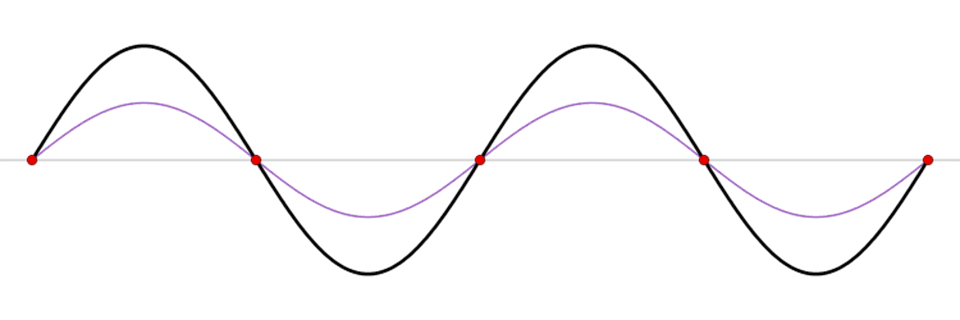 A standing wave (black) is the sum of two propagating waves traveling in opposite directions (blue and red). [Image Source]
A standing wave (black) is the sum of two propagating waves traveling in opposite directions (blue and red). [Image Source]
One the easiest ways to visualize a seiche is by starting small— as in your own swimming pool or bathtub small. If you’ve ever been in a swimming pool that had people doing multiple cannonballs, more often than not you’ll see water sloshing back and forth— this is technically a seiche occuring. Something very similar occurs on a much larger scale in a lake or bay. Seiches are technically standing waves, which the GIF above gives you a great visualization of the occurrence.
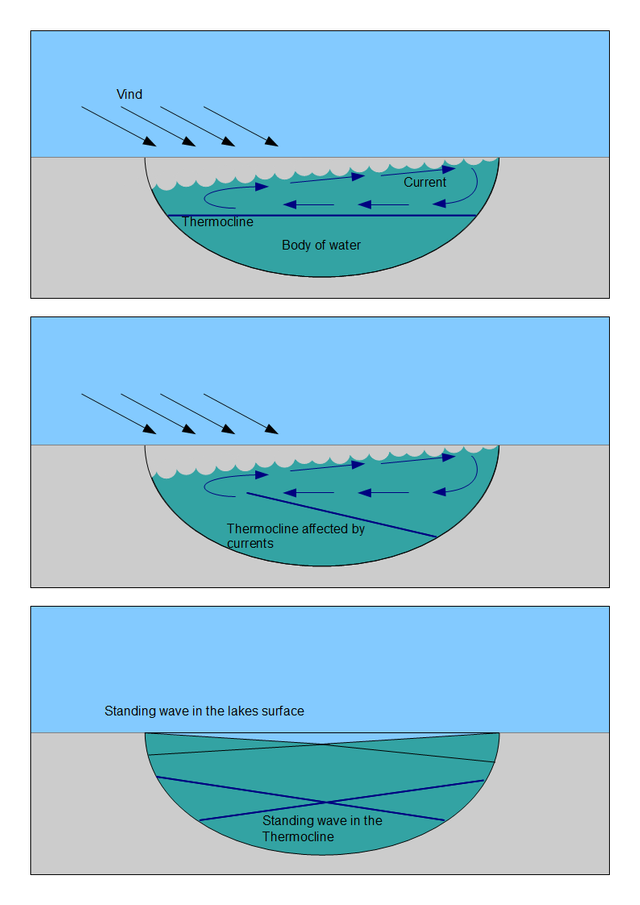 Illustration of surface and subsurface thermocline seiches. [Image Source]
Illustration of surface and subsurface thermocline seiches. [Image Source]
In the instance of lake seiche, they occur due to strong winds and rapid changes in atmospheric pressure pushing across a lake. The wind itself causes the surface water to be pushed from one end of the lake to the other, while the atmospheric low pressure actually displaces the water. When the energized water reaches the other end of the lake, flooding can occur as the waves move in. However, that’s not the end of this event. The water continues to oscillate in the lake, moving back and forth for hours or even days, though these effects are typically occurring subsurface. Sometimes, when the water recedes back to the other side of the lake, tsunamis or 'tidal waves' can occur depending on the circumstances.
The October Surprise of 1884 in Buffalo, New York
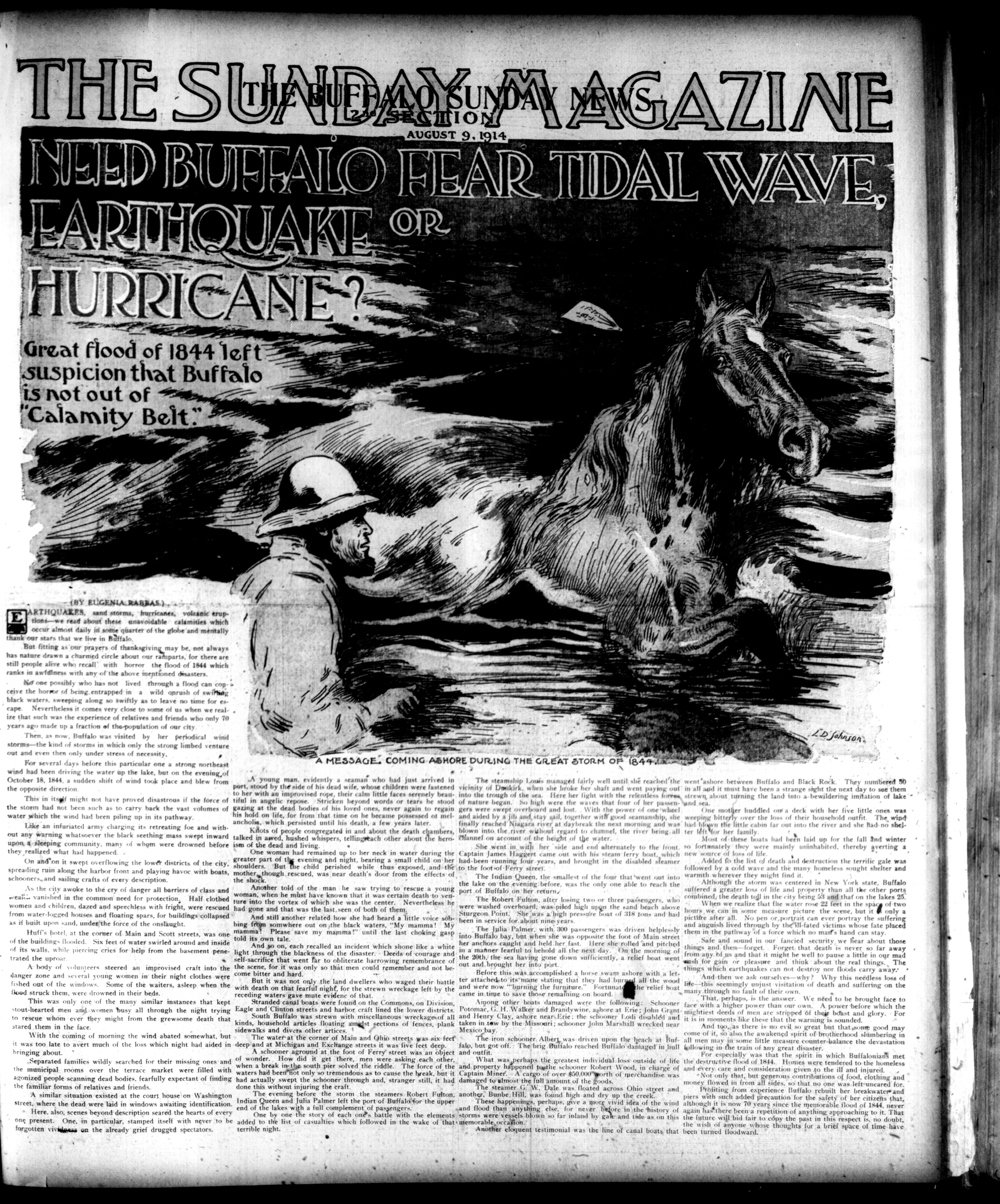 Image Source: The Buffalo News- August 9th 1914 (Public Domain)
Image Source: The Buffalo News- August 9th 1914 (Public Domain)
Lake Erie (one of the Great Lakes) in America is known for this type of seiche to occur fairly often and though it’s rare, they can even have disastrous effects on the populations along its coastline. One such instance occurred in the year 1884 in Buffalo, NY which caused massive flooding. A few days prior to the initial flood a strong northeast wind had driven the waters of Lake Erie up the lake, but on October 18th, 1844 a sudden shift in the winds direction blew in the opposite direction towards Buffalo with immense force. The result was a 22-foot tidal which hit in the early morning while much of the city was sleeping. It flooded much of the lower districts of the city killing 78 people, demolishing buildings and leaving ships astray in the Buffalo bay. Unfortunately I couldn’t find any anecdotes from witnesses of the time, but I was able to piece together some information of a ship called the Julia Palmer that got caught in the middle of the seiche:
“The Julia Palmer, with 300 passengers on board, was driven helplessly down the lake into Buffalo bay, but when she was opposite the foot of Main street her anchors caught and held her fast, and there she rolled and pitched in a manner fearful to behold all the next day. On the morning of the 20th, the sea having gone down sufficiently, a relief boat went out and brought her safely into port, much to the relief of the passengers and the worn-out crew. Those trapped aboard sent a horse to shore with a letter attached to its mane, saying they had burned all the wood aboard the vessel and were 'burning the furniture'.” - Source
Apparently, Buffalo has experienced large seiches (12 to 16 feet) from Lake Erie as recent as 2008, which caused flooding in the surrounding areas. While these are extreme cases, it goes without saying that a seiche is indeed an anomaly that is capable of causing a catastrophic situation. Given from what I’ve learned from the epic flood in 1884, the likelihood of something similar happening again is entirely possible.
Seiches Caused by Earthquakes
Now the example I found of seiches caused by earthquakes is very interesting and rather difficult to explain. On March 11, 2011, something peculiar was happening in a handful of fjords in Norway. One wave after another was seen hitting the shorelines of the fjord causing minor flooding. The interesting thing about this instance, is that these seiches occurred half an hour after the magnitude-9 Tohoku earthquake in Japan, which triggered a massive tsunami. The distance from Norway to Japan is 8,300 kilometers (5176 miles).
In a study conducted by geophysical engineer Stein Bondevik of Sogn og Fjordane University in Norway, Bondevik concluded that the seiches in the fjord were caused by the S waves of the Tohoku earthquake. To understand how peculiar this is, you have to understand the characteristics of surface waves and body waves (S waves and P waves), which can be explained with a definition of each:
Surface waves: These waves only travel through the crust and are of a much lower frequency than body waves, which makes them far easier to distinguish on a seismogram— think ripples on the surface of water. While these arrive after body waves, they are what cause the destruction generally associated with earthquakes.
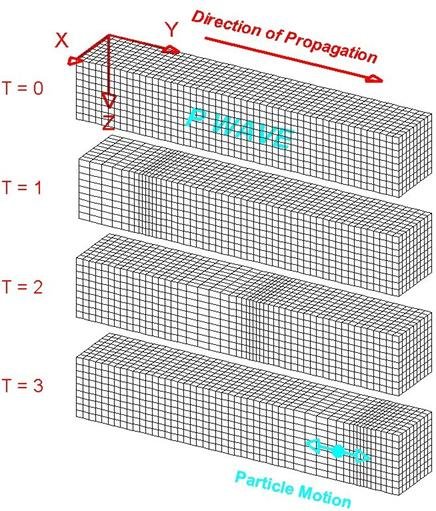
P-waves: These are the primary and fastest waves of an earthquake, which is why they are the first to be felt. The P wave is capable of moving through solid rock and fluids, like the water or the liquid layers of the earth. Similar to how sound waves push and pull the air, primary waves push and pull the rock. They are also known as compressional waves because of this characteristic. These waves move particles in the same direction the wave is moving in. It is sometimes called the ‘direction of wave propagation.’
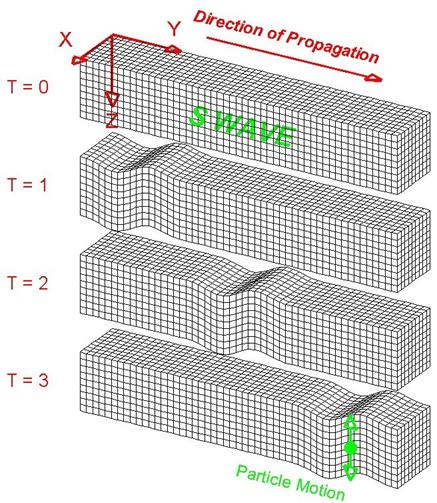
S-waves: These are the secondary waves you would feel in an earthquake. They are slower than P waves and can only move through solid rock. They do not move through liquid mediums. It is because of this property, that led scientists to conclude that Earth’s outer core is liquid. These waves move particles up and down or side-to-side.
Bondevik concluded it was horizontal S-waves (s-curve motion) that caused the seiches in the fjords of Norway to occur—not surface waves. This is because S waves oscillate perpendicular to the direction of travel and move through the Earth's interior. He determined this by timing the wave amplitudes and frequency of the seiches, which were 1 - 1.5 meters at a frequency of 67 to 100 seconds. The timing and characteristics of the seiche waves better matched to the S waves than the P waves or surface waves, which caused the odd oscillations in the fjords that day. Due to the scarcity of the records on such events, this conclusion is based mainly off of speculation. Nonetheless, it’s pretty cool stuff.
If you enjoyed reading this post, be sure to give me a follow and check out the rest of my blog. Overall, my blog consists of scientific topics dealing with geology, meteorology, geography, food and history. The goal of this blog isn’t to earn money per se. While that is a nice benefit, I’m more interested in networking, learning, informing and helping the Steemit community grow to new heights. Thanks for all your support!
Bibliography:
https://en.wikipedia.org/wiki/Seiche
https://oceanservice.noaa.gov/facts/seiche.html
https://www.earthmagazine.org/article/giant-quake-sloshed-fjords-half-world-away
http://www.maritimehistoryofthegreatlakes.ca/documents/hgl/default.asp?ID=s038
http://buffalonews.com/2014/10/18/oct-18-1844-great-flood-1844-devastates-buffalo/
http://www.buffalohistorygazette.net/2010/09/the-lake-erie-seiche-disaster-of-1844.html
http://www.geo.mtu.edu/UPSeis/waves.html

This is a test comment, notify @kryzsec on discord if there are any errors please.
Being A SteemStem Member
Wow! Amazing new facts for me - Thanks for presenting them in such an professional fashion. :)
Always interesting to me how tsunamis are so huge yet from the surface they look so small.
You received a 80.0% upvote since you are a member of geopolis.
To read more about us and what we do, click here.
https://steemit.com/geopolis/@geopolis/geopolis-the-community-for-global-sciences-update-3
If you do not want us to upvote and comment on your posts concerning earth and earth sciences, please reply stop to this comment and we will no longer bother you with our love ❤️
I wonder if the shape of the fjords caused more complex wave interference that led to misinterpretation of the wave period?
Actually just thinking about if the rock underneath is moving in an S-wave would you then notice it at the shoreline even if the wave doesn't propagate through the water?
I edited my post a bit. I'm super tired and totally missed an important piece of information. He concluded it was horizontal S-waves that caused the seiche to happen, which actually makes much more sense. Horizontal S-Waves move in a s-curve like motion (side to side), which would most likely resonate in the narrow fjords.
vote for vote. what do you say?
Nice question !
Congratulations @keephy! You have completed some achievement on Steemit and have been rewarded with new badge(s) :
Click on any badge to view your own Board of Honor on SteemitBoard.
For more information about SteemitBoard, click here
If you no longer want to receive notifications, reply to this comment with the word
STOPFacinating stuff. Thanks man
Good post
It would have been physically impossible to have read and watched the videos in that allotted time frame. I posted this not even 2 minutes ago. Please take the time to read it. It's worth it I promise! :)
2 spam posts..within 30 minutes...your doing well :( .
Yeah, I’m not sure how to handle them except to call them out , lol.